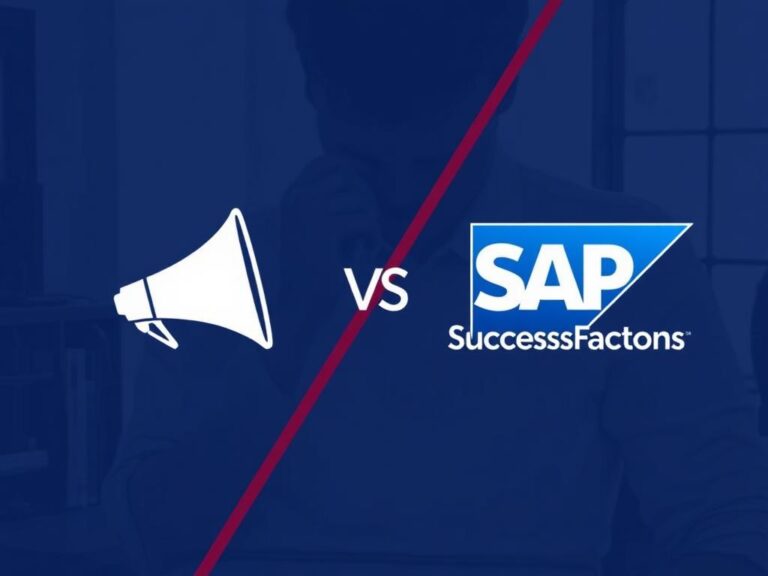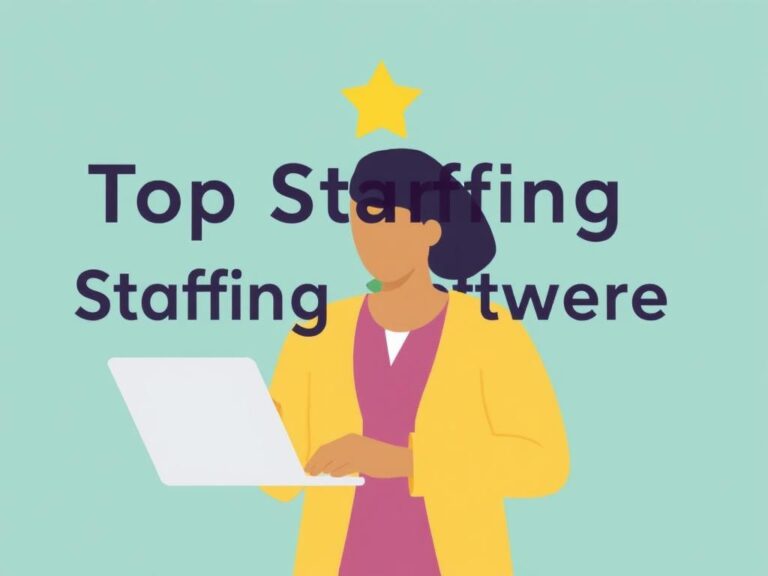Mobile Apps for Staffing Management: Top Picks to Boost Your Workforce Efficiency
Managing a workforce efficiently is a challenge that many businesses face, especially in today’s fast-paced world. Whether you run a small business or oversee a large team, staffing management can become overwhelming without the proper tools. This is where mobile apps come into play, revolutionizing how companies handle scheduling, communication, time tracking, and even recruitment. Mobile apps for staffing management offer an accessible and flexible way to manage your workforce on the go, improving productivity and reducing errors. In this article, we’ll explore some of the top picks for mobile staffing management apps, breaking down their features and how they can benefit your business.
Why Mobile Apps for Staffing Management Are a Game-Changer
Managing staff in the traditional way often means lots of paper schedules, back-and-forth emails, and manual data entry — all of which are time-consuming and prone to mistakes. Mobile apps for staffing management have entered the scene to eliminate the hassle by providing a centralized platform for everything. From scheduling shifts and tracking attendance to managing leave requests and communicating with employees, these apps simplify complex processes. Plus, since they’re mobile, managers and employees can access important information anytime and anywhere, making it easier to respond to changes swiftly.
These apps are designed to reduce downtime, minimize staffing gaps, and ensure that everyone is on the same page. The benefits also extend to employees who gain visibility into their schedules, allowing them to swap shifts, request time off, and clock in/out using their smartphones—enhancing job satisfaction and engagement. Let’s dive into the top apps that have made a mark in the staffing management world.
Top Mobile Apps for Staffing Management
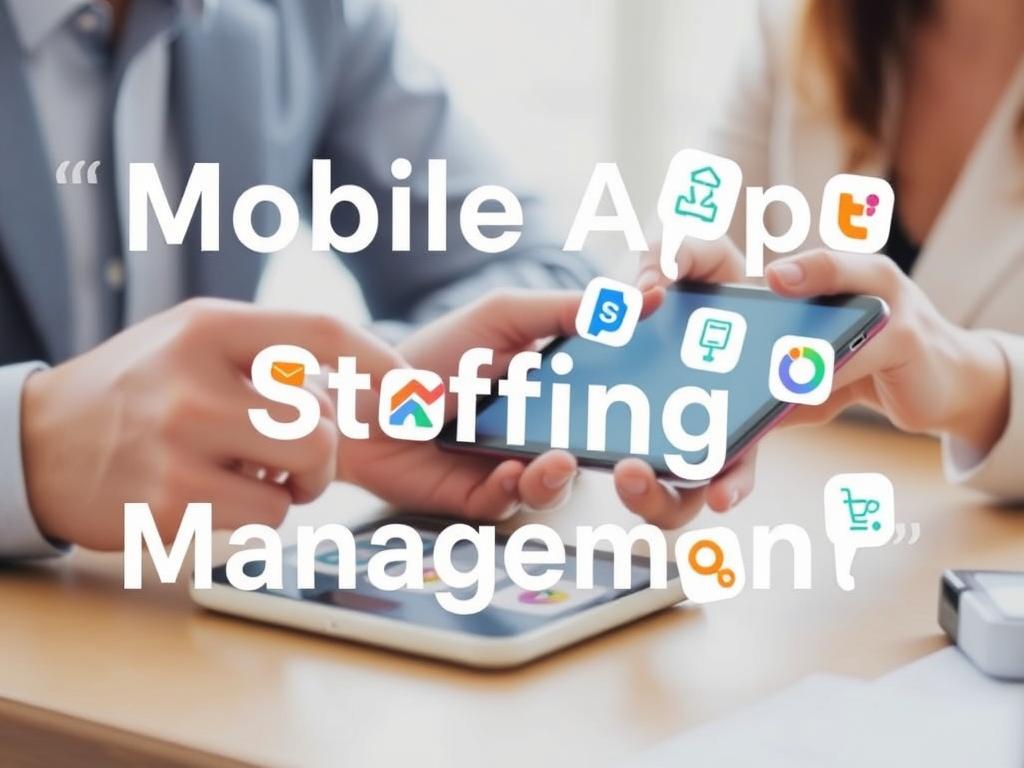
1. When I Work
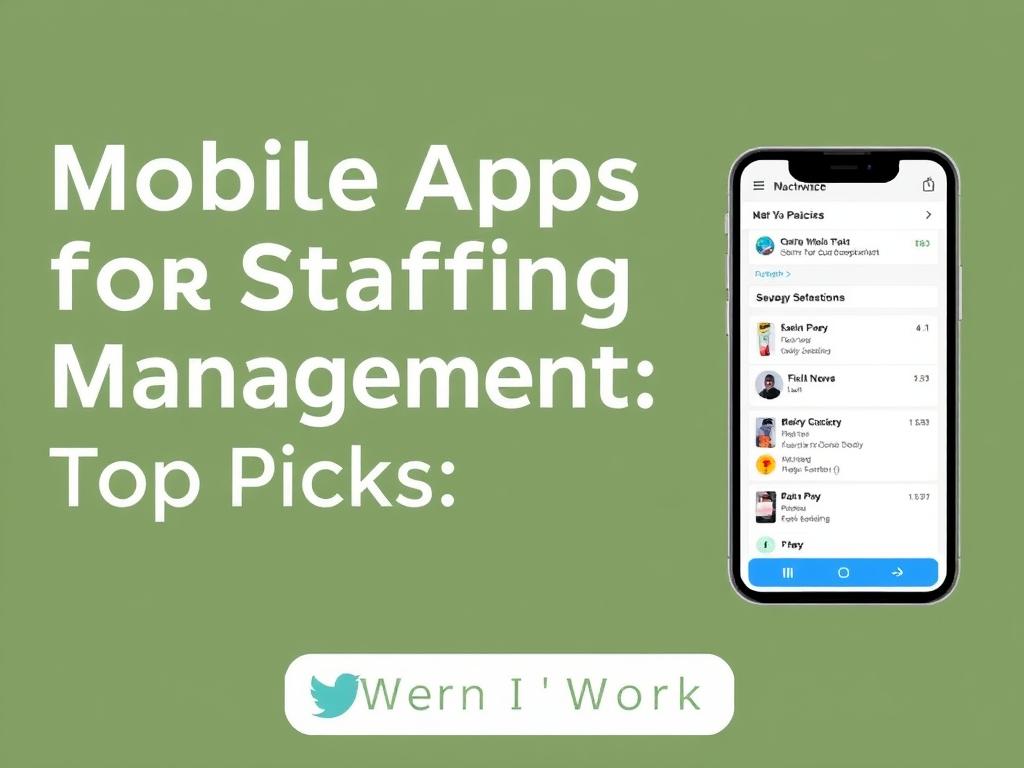
When I Work stands out as one of the most popular mobile apps for staffing management, especially suited for small to medium-sized businesses. It’s user-friendly, with an intuitive interface that makes scheduling shifts a breeze. Managers can create schedules easily and employees receive notifications about their shifts, reducing missed workdays.
Features include:
- Shift scheduling and calendar management
- Time clock with GPS tracking
- Team messaging for instant communication
- Employee availability tracking
The app integrates with popular payroll systems, which means businesses can streamline their operations with less manual input. It’s a powerful tool for keeping your workforce coordinated and informed.
2. Deputy
Deputy has gained attention for its comprehensive staffing management capabilities wrapped in an elegant mobile interface. This app not only handles scheduling but also offers task management, performance tracking, and labor compliance features. Businesses that need deeper insight into employee productivity often turn to Deputy.
Key features include:
- Smart scheduling based on employee availability and qualifications
- Automated shift swapping and leave management
- Time and attendance tracking with facial recognition options
- Analytics dashboard for labor cost control
Deputy’s robust reporting helps managers optimize staffing levels, ensuring the right number of employees are present at the right times.
3. Shiftboard
Shiftboard appeals to companies with large hourly workforces, such as healthcare, manufacturing, and service industries. It’s designed to handle complex scheduling requirements and enables organizations to effectively manage shift patterns and compliance.
Noteworthy features include:
- Advanced scheduling tools with rules and workflows
- Mobile communication between staff and managers
- Real-time shift updates and notifications
- Integration with payroll and HR systems
With Shiftboard, staffing management becomes less of a headache, and the app’s flexibility supports dynamic and diverse work environments.
Comparison Table of the Top Mobile Staffing Management Apps
| App Name | Main Strength | Best For | Mobile Features | Pricing Model |
|---|---|---|---|---|
| When I Work | User-friendly scheduling | Small & Medium Businesses | Shift scheduling, time clock, messaging | Subscription-based, free trial available |
| Deputy | Comprehensive workforce management | Businesses needing deeper analytics | Smart scheduling, attendance tracking, reporting | Subscription-based with various tiers |
| Shiftboard | Advanced scheduling for large teams | Industries with complex shifts | Real-time updates, compliance management | Enterprise pricing, custom quotes |
How to Choose the Right Mobile Staffing Management App
Choosing the best mobile app for staffing management depends on your unique business needs. To help you decide, consider the following factors:
- Size of your workforce: Smaller teams might benefit from apps like When I Work, while larger teams require more advanced features like Shiftboard offers.
- Key features needed: Are you more focused on scheduling, payroll integration, communication, or compliance? Look for apps that excel in those areas.
- Ease of use: The app should be user-friendly for both managers and employees.
- Budget: Consider your budget and choose an app with clear, scalable pricing that fits your company size.
- Integration capabilities: Select apps that integrate with your current HR and payroll systems to minimize manual work.
By weighing these factors, you’ll find a mobile staffing management app that not only fits your current needs but also supports your growth in the future.
Benefits of Using Mobile Staffing Management Apps
To better understand the impact these apps have, here’s a list of benefits many companies have experienced after adopting mobile staffing management solutions:
- Improved employee communication: Instant messaging and shift notifications keep everyone informed.
- Reduced scheduling errors: Automated scheduling and real-time updates prevent conflicts.
- Enhanced flexibility: Employees can request shift changes or time off directly from their phones.
- Accurate time tracking: GPS and biometric clocks reduce time fraud and inaccuracies.
- Better compliance: Apps help you follow labor laws and union rules automatically.
- Time savings: Automated processes free up managers to focus on other priorities.
These benefits contribute to a smoother workflow, increased staff satisfaction, and ultimately better business performance.
Real-World Example: Using a Mobile Staffing App in Retail
Consider a busy retail store where last-minute changes to shifts are common. Before mobile apps for staffing management, managers would spend hours on the phone, trying to rearrange shifts and ensure coverage. With an app like When I Work, managers can post open shifts instantly, and employees interested in picking them up receive immediate notifications. This real-time flexibility helps the store avoid understaffing and ensures customer service remains top-notch.
Future Trends in Mobile Staffing Management
The future of mobile apps for staffing management looks promising, with emerging technologies enhancing their capabilities. Artificial intelligence (AI) is starting to be integrated for smarter scheduling based on predictive analytics, forecasting busy periods, and matching the right employees to shifts. Additionally, more apps are adopting biometric authentication for secure clock-ins and blockchain for transparent payroll management. These innovations will not only make staffing more efficient but also easier to manage from anywhere at any time.
Summary Table: Emerging Features to Watch
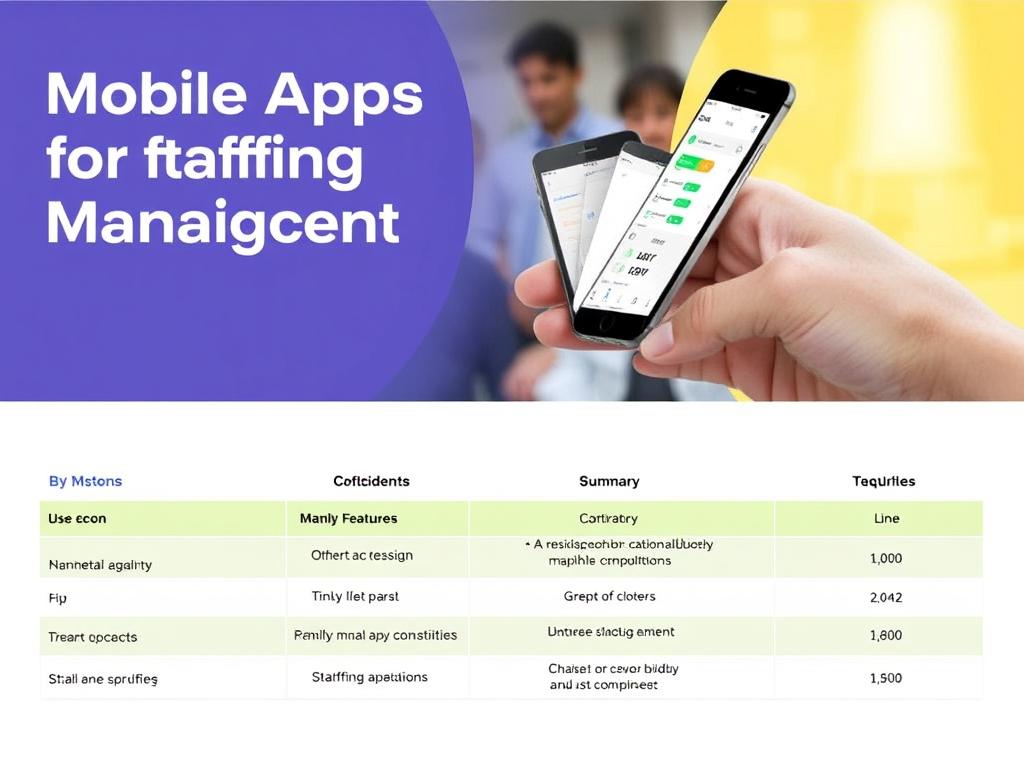
| Feature | Description | Benefit |
|---|---|---|
| AI Scheduling | Using machine learning to create optimized schedules | Improves staffing efficiency and reduces managers’ workload |
| Biometric Time Tracking | Fingerprint or facial recognition for clocking in/out | Enhances security and accuracy of attendance data |
| Blockchain Payroll | Decentralized ledger for transparent wage calculations | Increases trust and reduces payroll disputes |
Tips for Successful Implementation of Staffing Apps
Implementing a new staffing management app might seem daunting, but keeping these tips in mind will make the process smoother:
- Involve your team early: Get feedback from managers and employees before choosing an app.
- Provide training: Offer clear instructions and support during the transition period.
- Start small: Pilot the app with one department before rolling it out company-wide.
- Monitor performance: Regularly check how the app is improving staffing processes and make adjustments as needed.
Successful adoption depends on communication and support, so empower your team to embrace the change.
Conclusion
Mobile apps for staffing management have transformed how businesses handle one of their most crucial resources—their workforce. From simplifying shift scheduling and improving employee communication to enhancing accuracy in time tracking and payroll, these apps offer powerful solutions tailored to various industries and workforce sizes. By choosing the right app, factoring in your specific needs, and carefully implementing it, you can reduce administrative burdens, boost employee satisfaction, and optimize your staffing operations. As technology continues to evolve, embracing mobile staffing management apps will be key to staying competitive and agile in today’s dynamic workplace. Whether you’re a manager looking to cut down chaos or an employee seeking more control over your schedule, mobile staffing management apps are undoubtedly worth considering.

